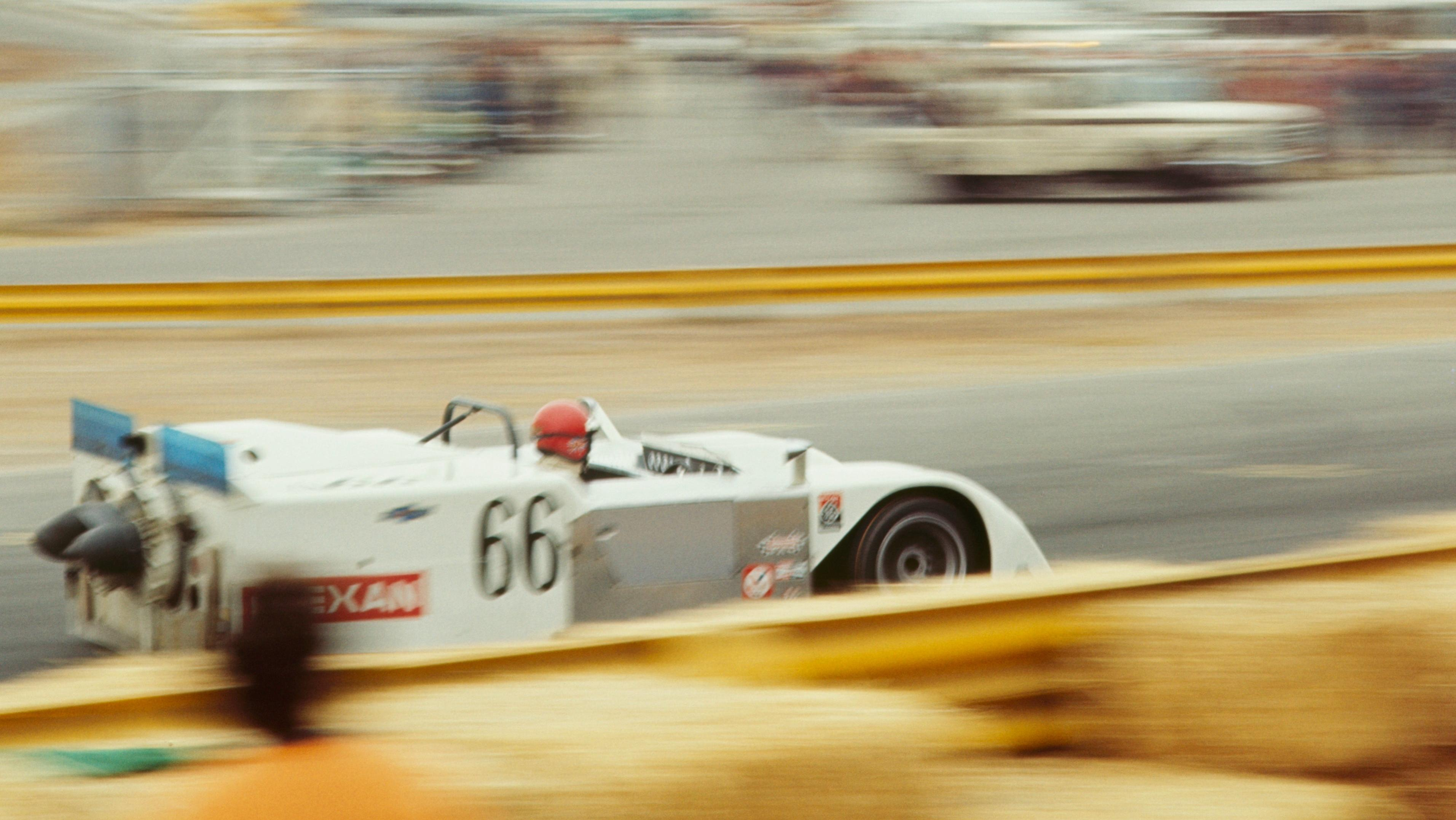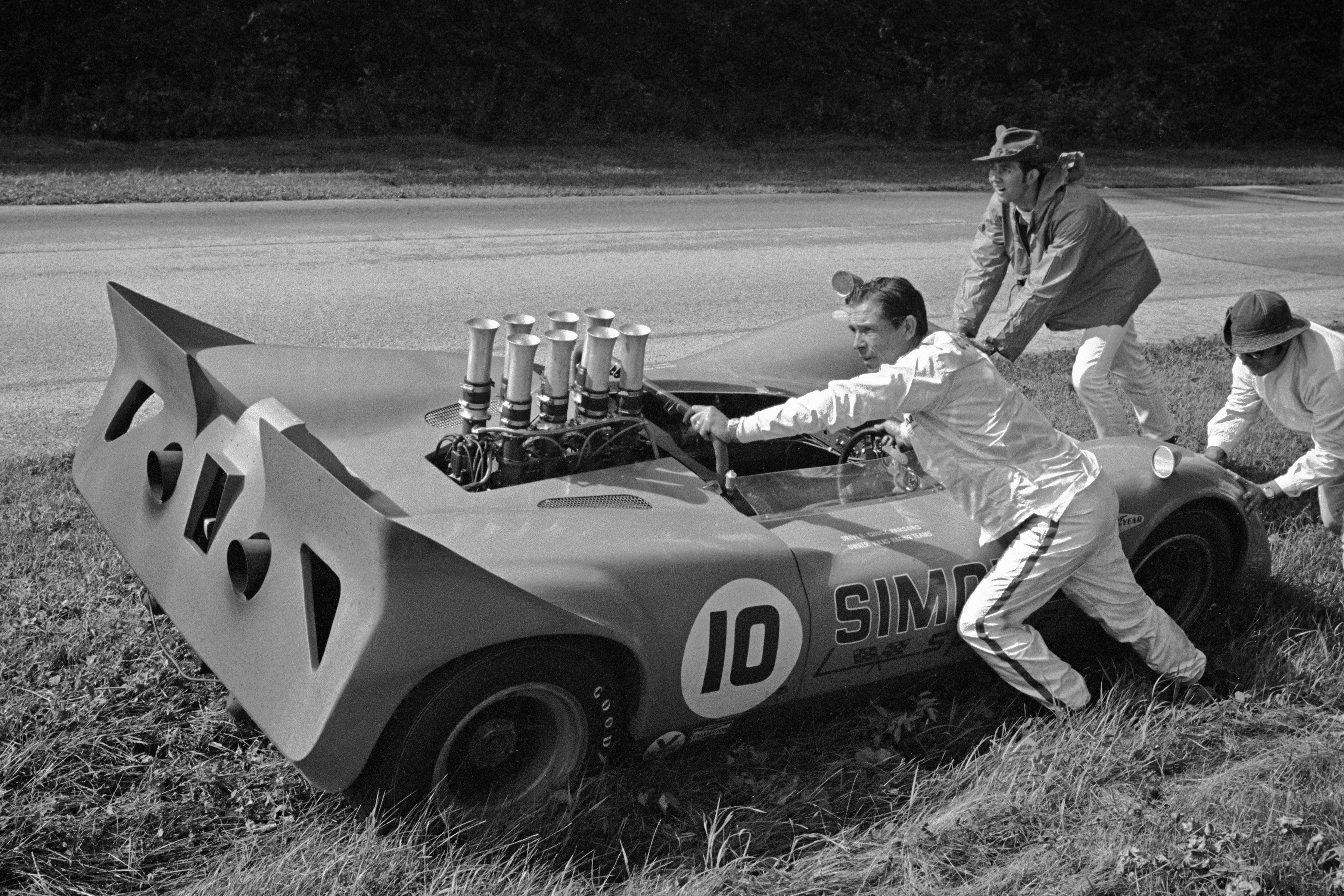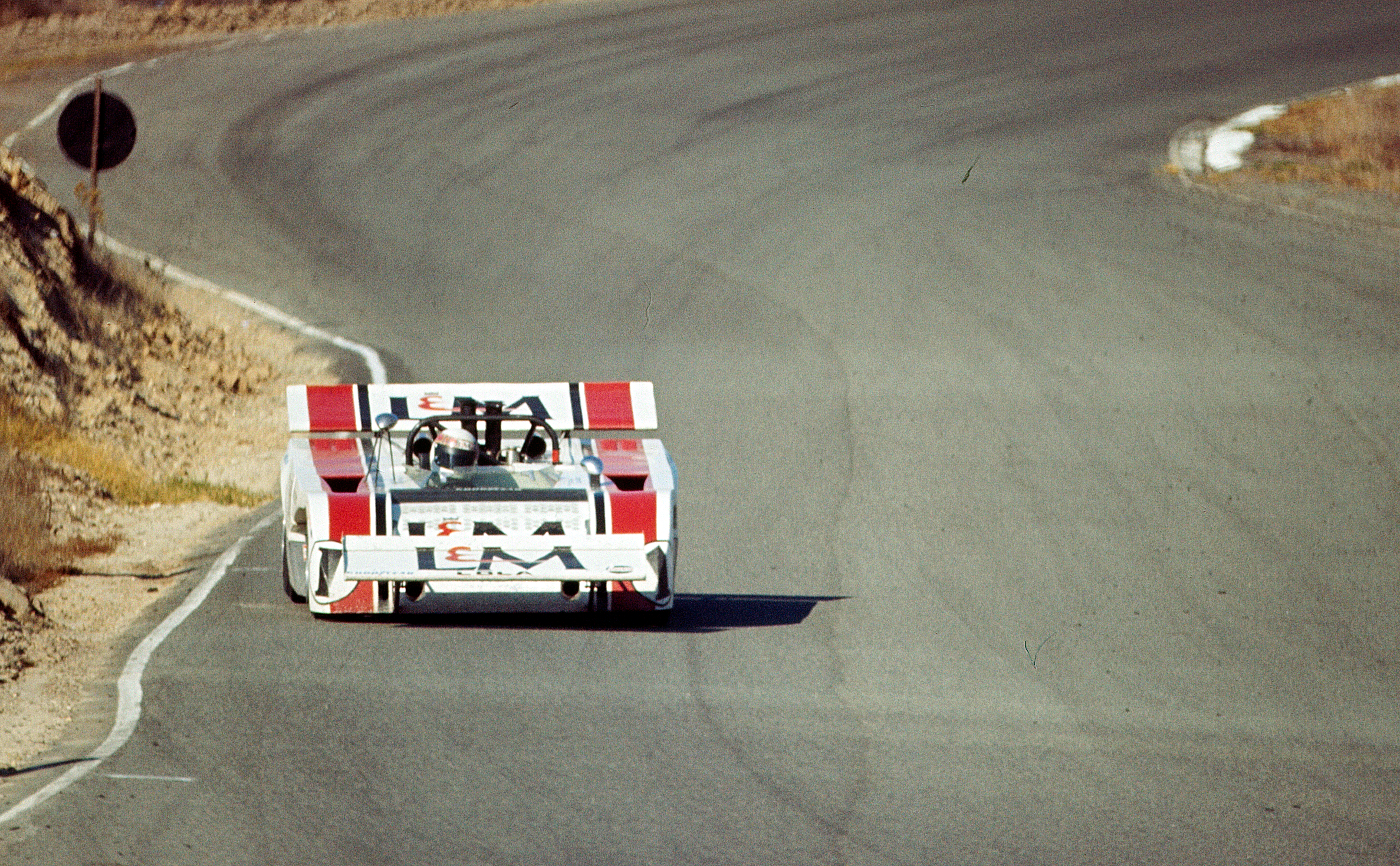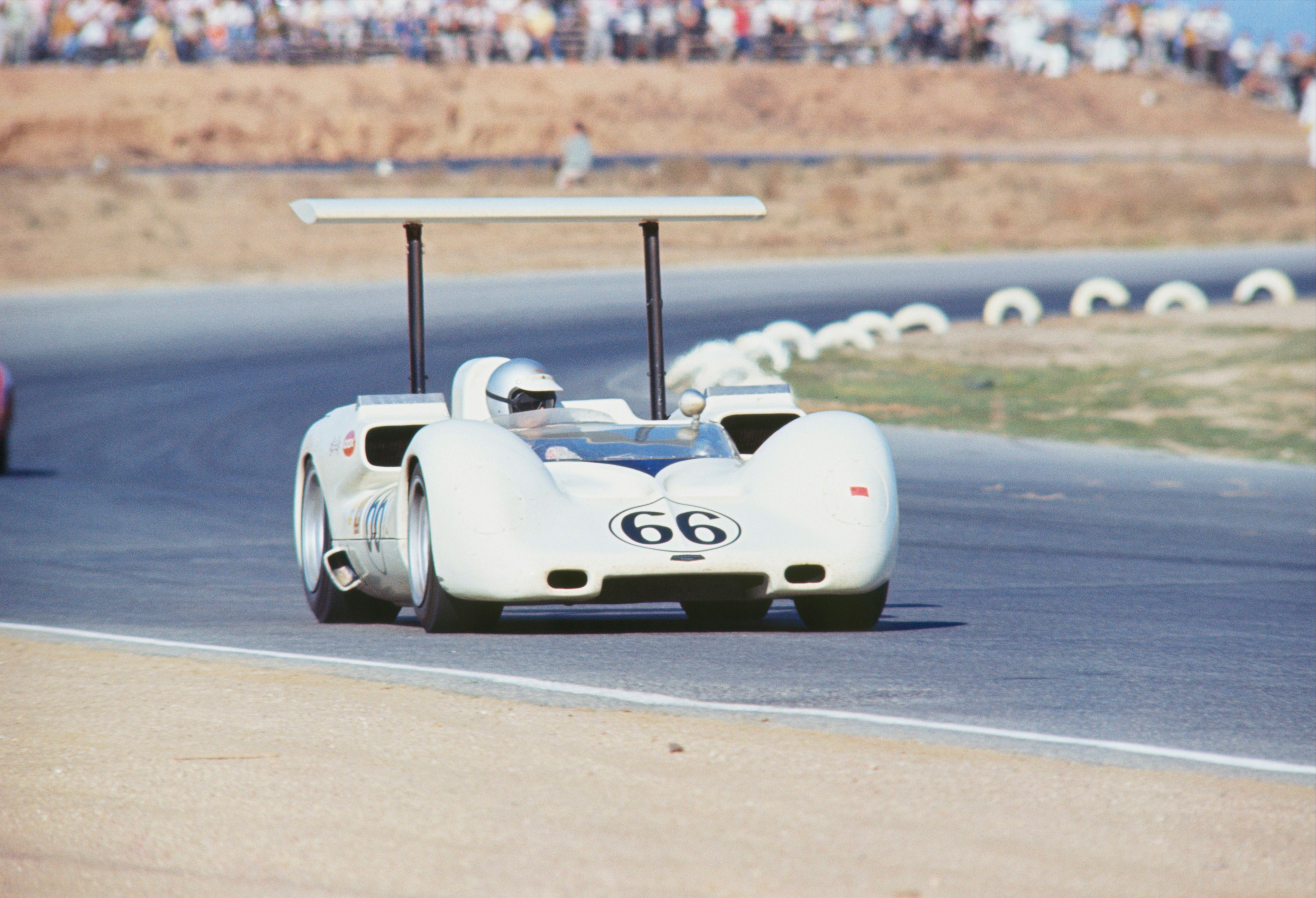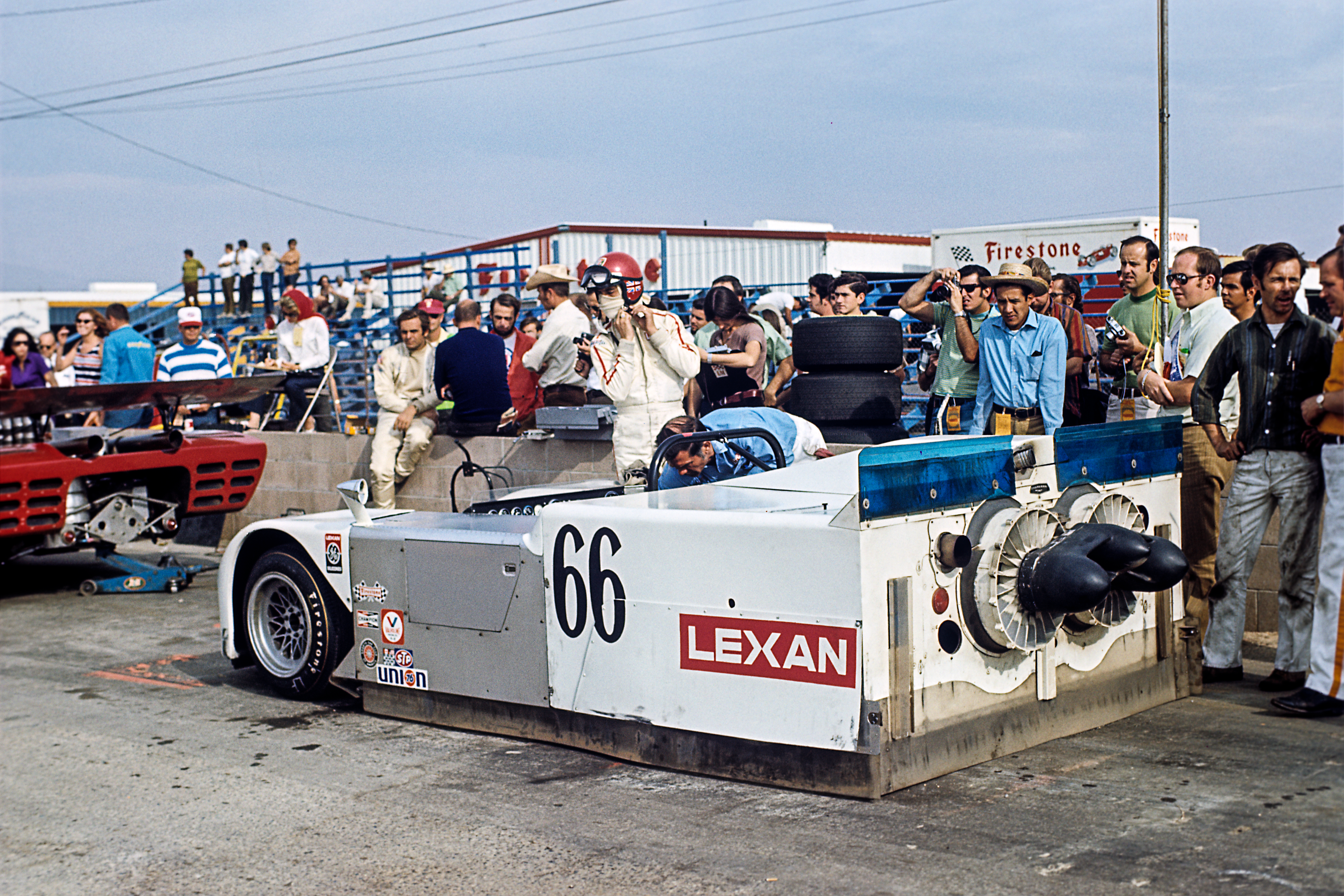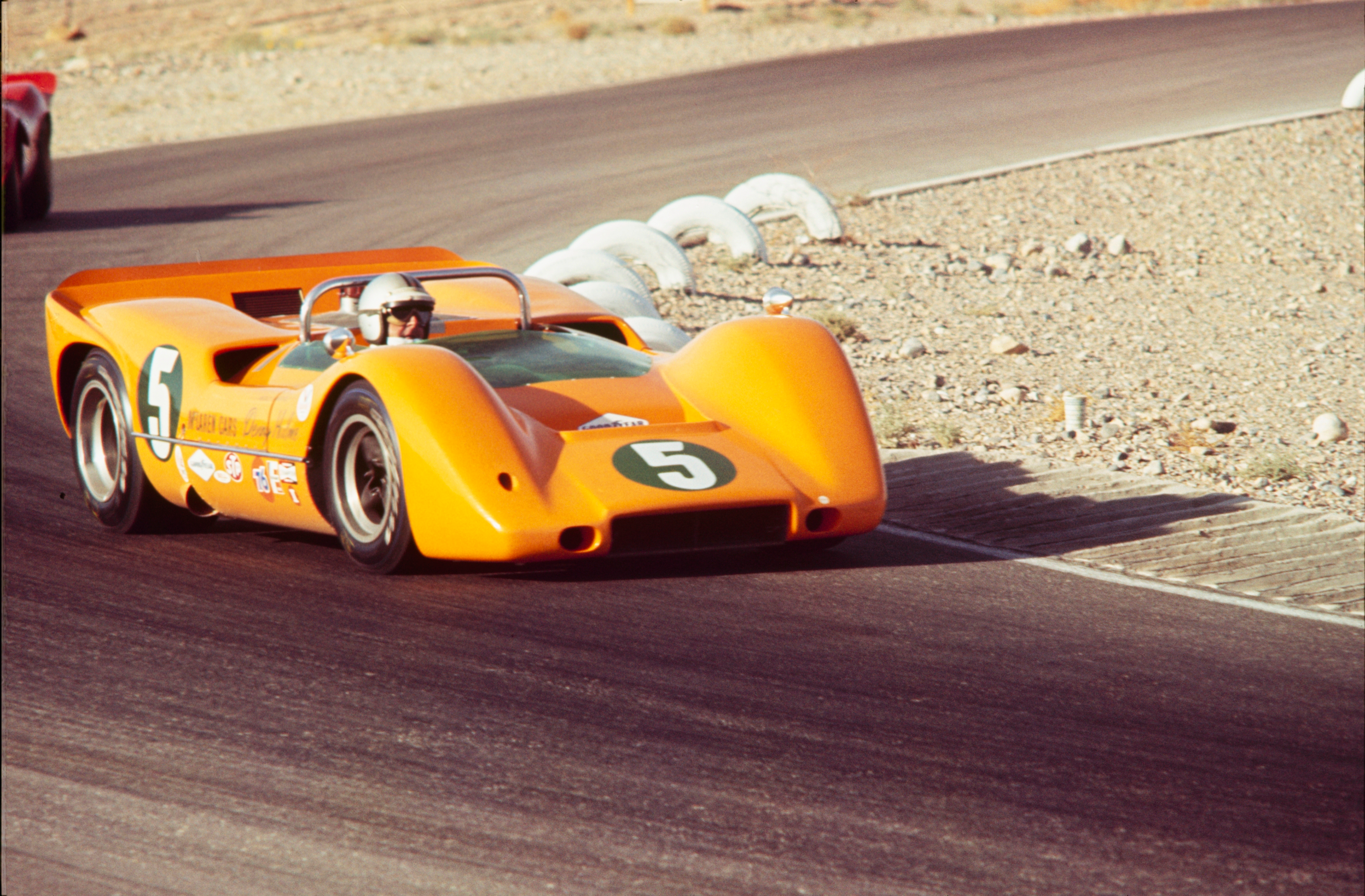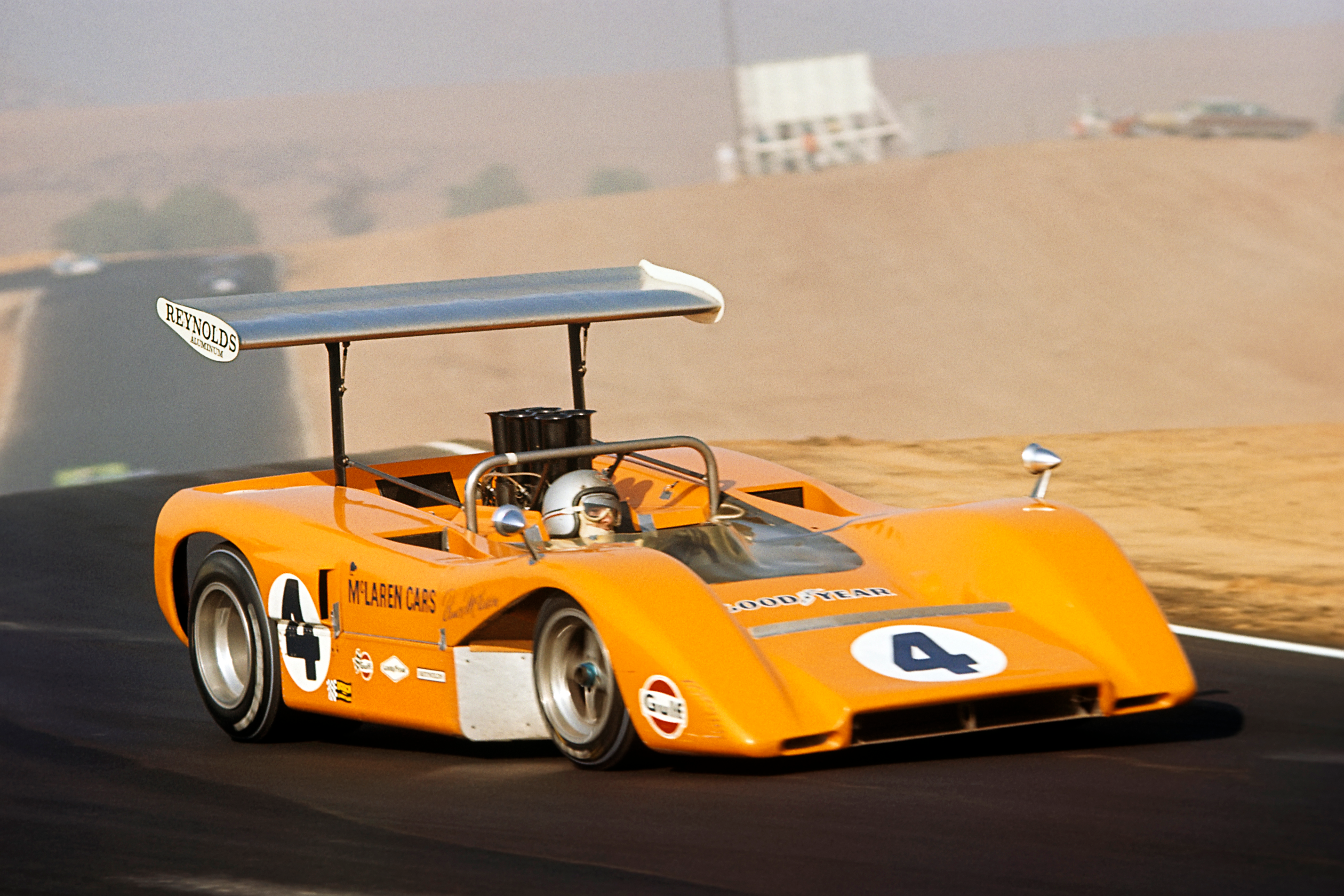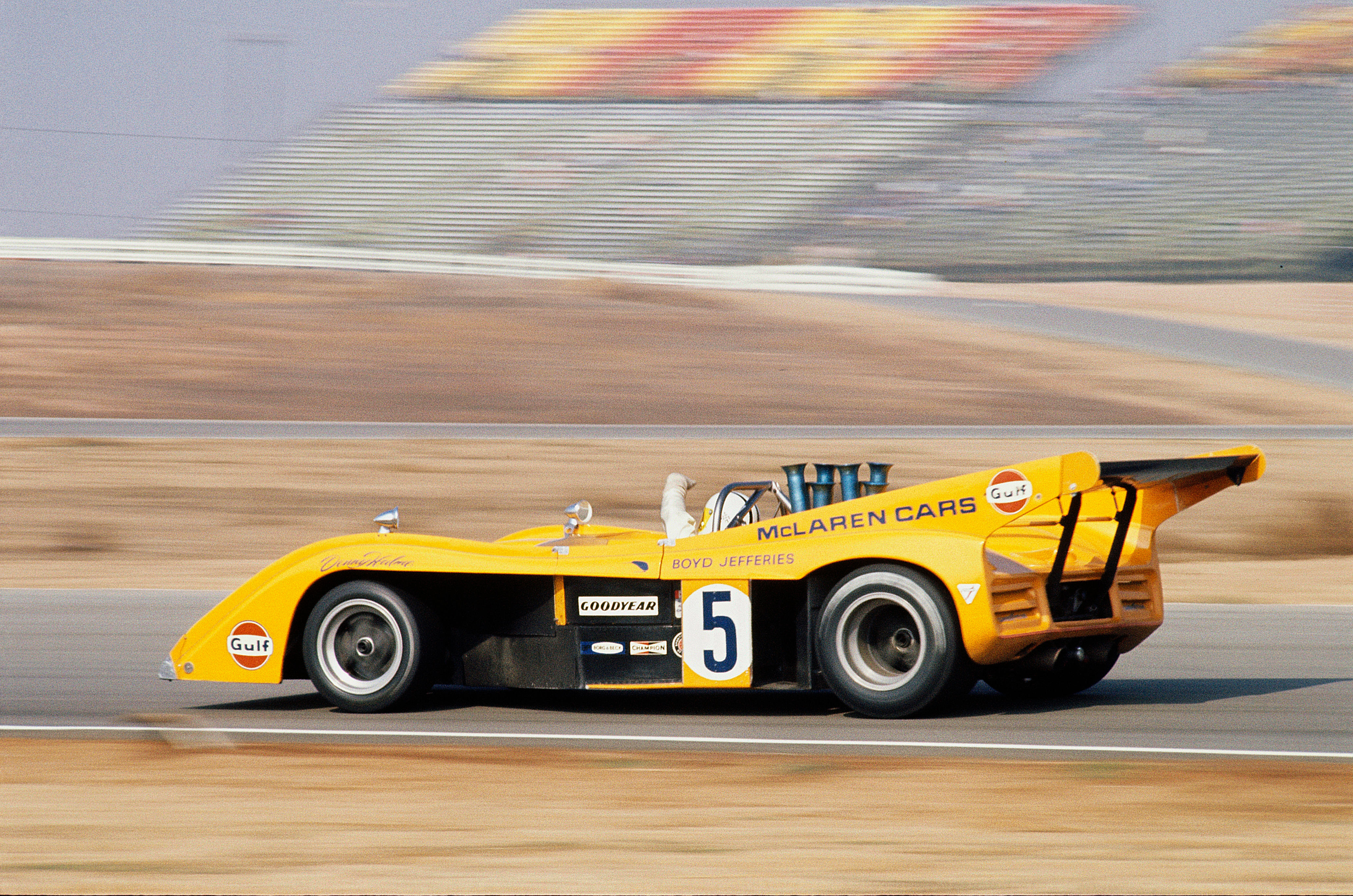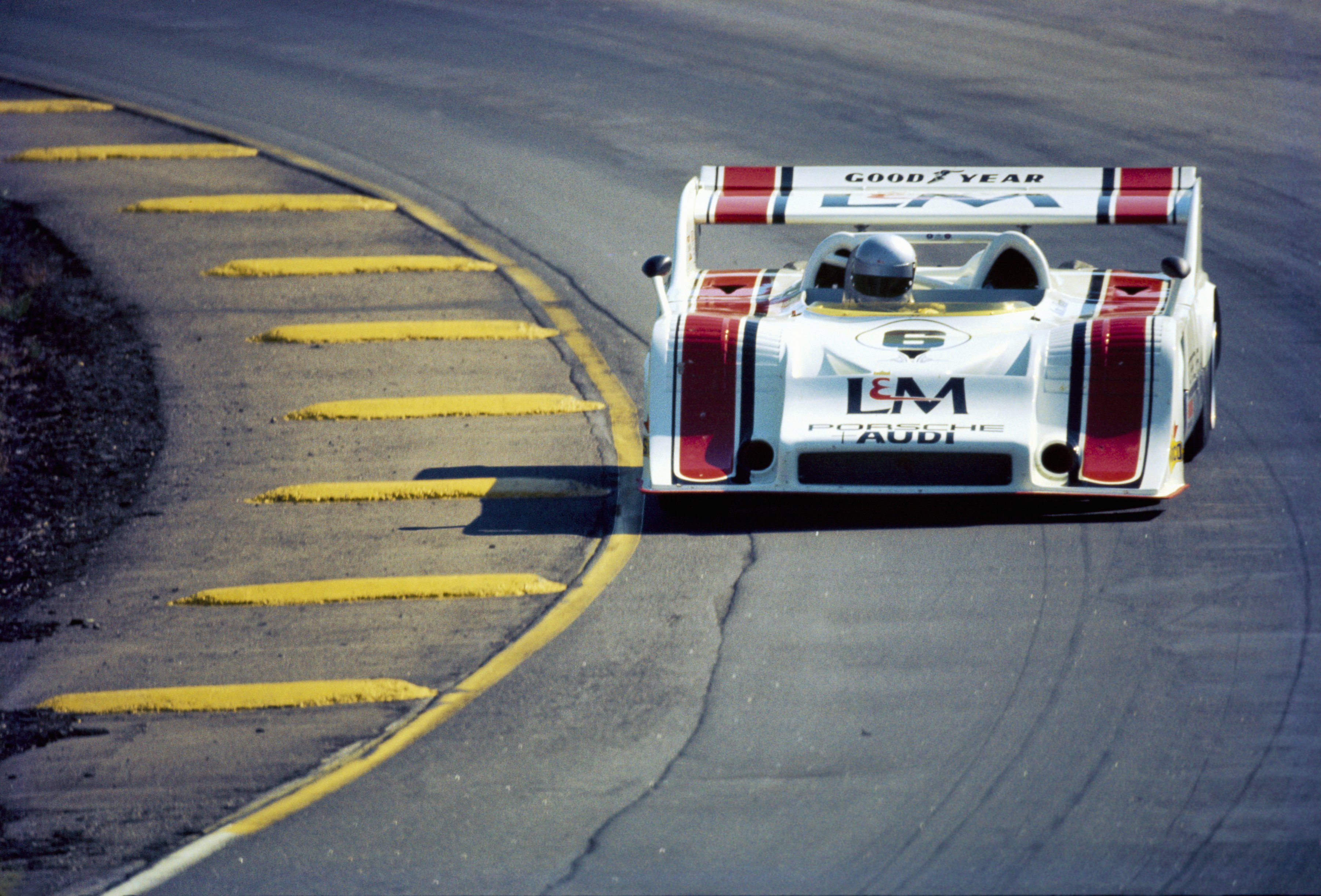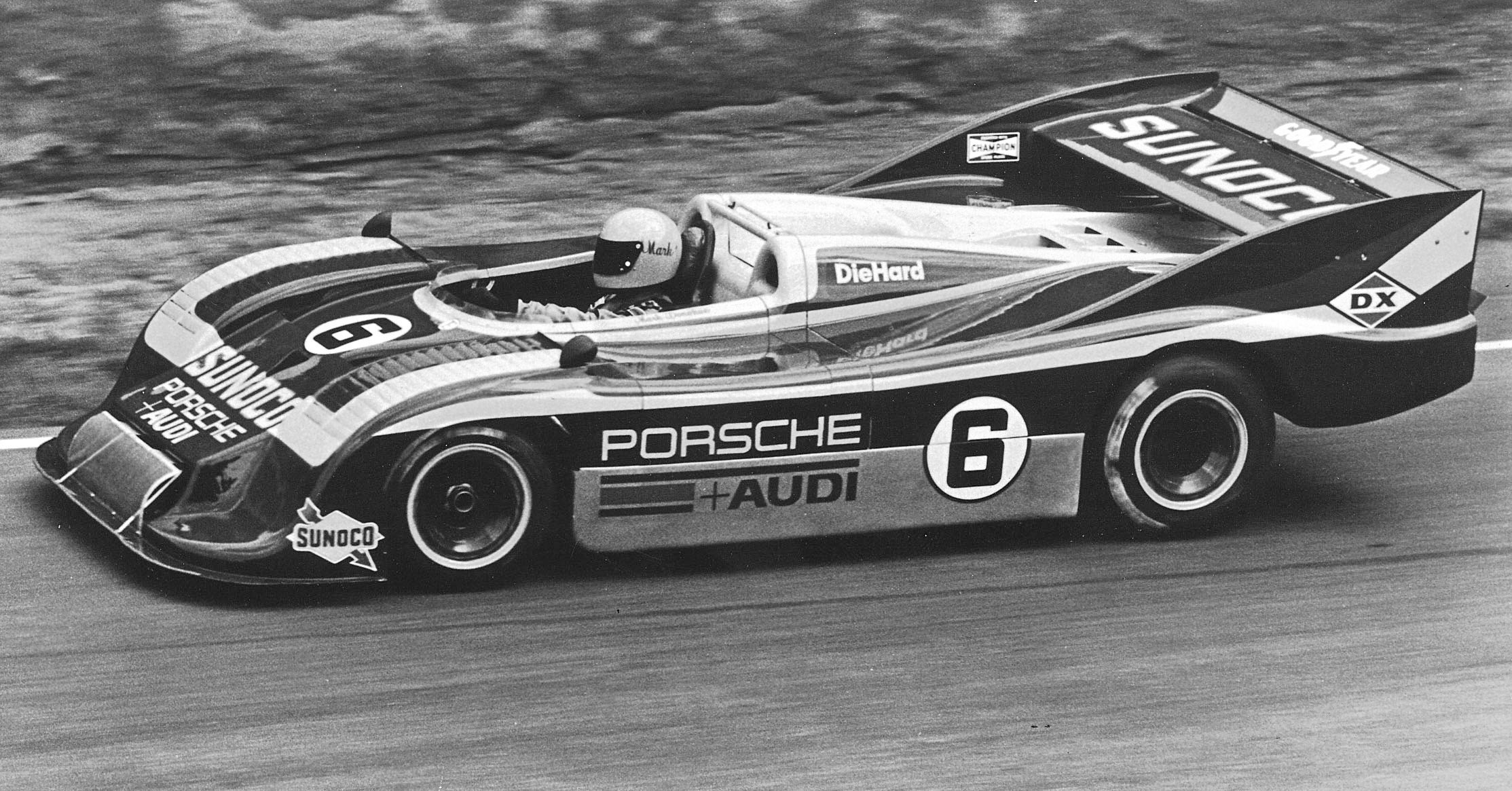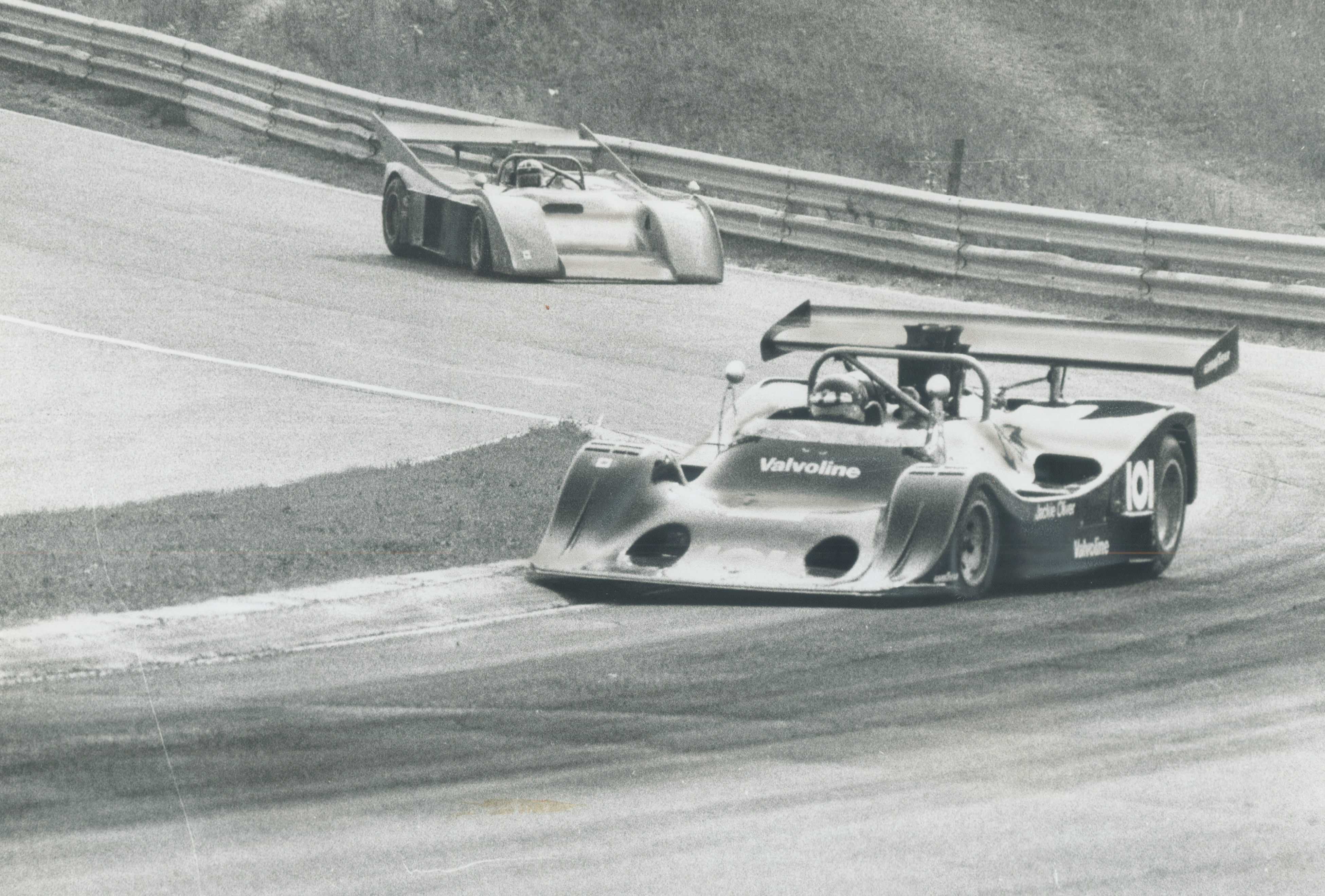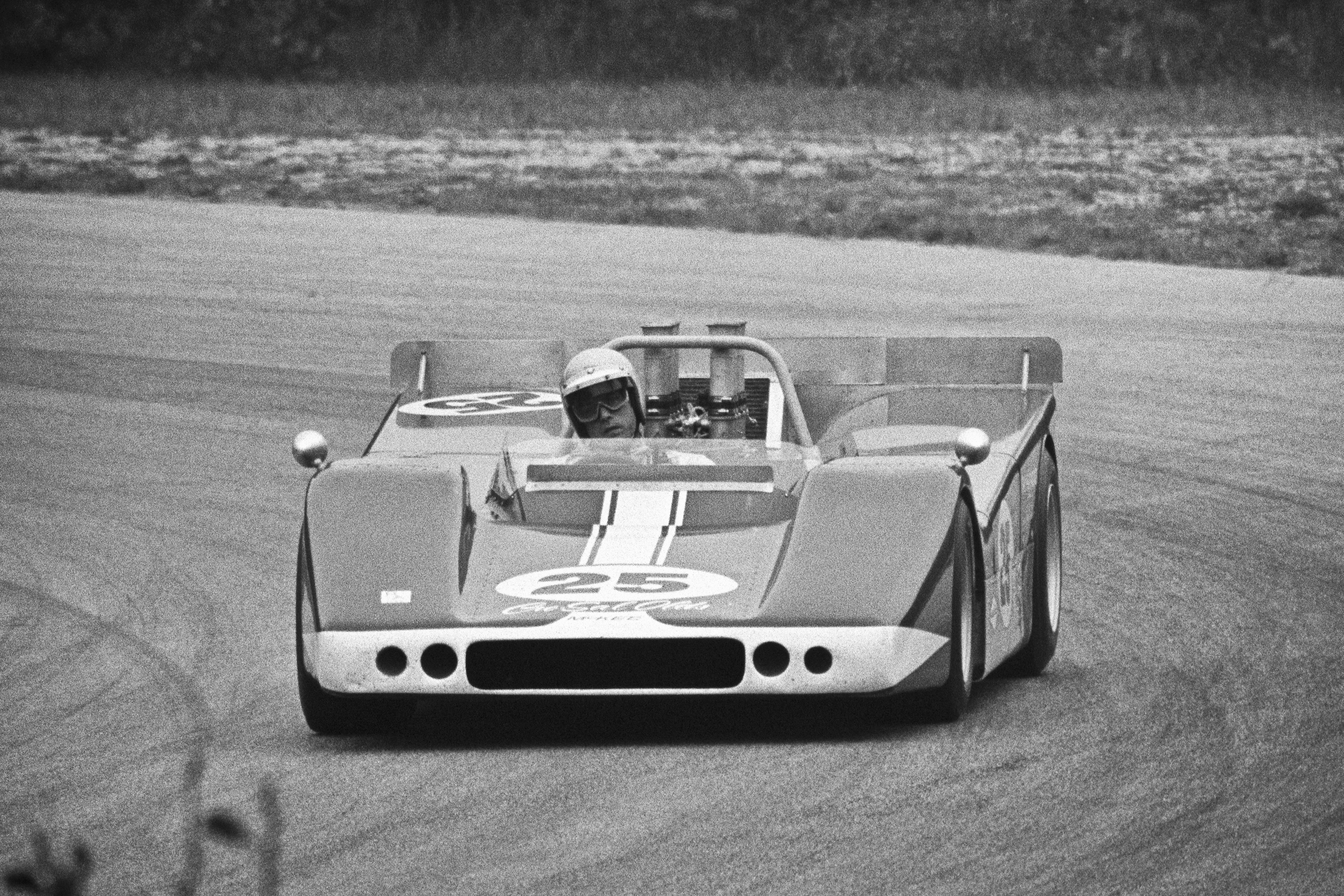Dual Fans, 4-Foot Wings, 1000 HP: These Are The Wildest Cars Ever Produced For Can-Am Racing
The Canadian-American Challenge Cup had few regulations for racecar design, and we got some exceptional machinery out of it
If you ask a man how much he thinks about the Roman empire, apparently he'll tell you that it eternally occupies some portion of his brain. For me, that brain segment is eternally occupied by the Canadian-American Challenge Cup — better known as Can-Am — and all of the frankly ridiculous and incredible machines that the series produced.
Can-Am was run on Group 7 sports car regulations, which essentially made it a "Formula Libra" event — one with few regulations, unrestricted aerodynamics, and unlimited engine sizes. Basically, you just had to meet a few minor safety standards, and have enclosed wheels and two seats. If you met those criteria, you were set.
Today, I'm running through some of my favorite, wildest Can-Am machines from the original series that ran from 1966 to 1974.
1965-1966 Lola T70 Mk2 Spyder
Look at later Can-Am machinery, and the Lola T70 Mk2 Spyder looks extremely tame in comparison — but when the series first kicked off, this car was so different than anything else hitting the racetracks that it was a shock. It's one of the first cars to take aerodynamics this seriously, with its body panels sculpted with optimal airflow in mind, and it was also outfitted with a 7-liter V8 engine. This machine won five of the six races in its first season.
1968 Lola T160
The Lola T160 was built exclusively for Can-Am, and it weighed less than 1,500 pounds thanks to a fiberglass chassis and aluminum monocoque. It was built for smaller engines, but when it came time to race, these bad boys were usually powered by Ford or Chevy big-block V8s, which you can see sticking out of the middle of the machine that Chuck Parsons is pushing out of a ditch in the above image.
1971 Lola T260
The introduction of the Lola T260 came with several other exciting announcements: it would be fielded by Carl Haas' team and driven by World Champion Jackie Stewart. It featured a strange nose full of holes that was supposed to create a ton of downforce, but instead meant the car was prone to catching the wrong kind of winds and flipping.
1966 Chaparral 2E
I wish I could spend, like, one day in the brains of Jim Hall and Hap Sharp. The Chaparrals could look a little rough around the edges compared to the engineering might of firms like Porsche, but they were built with innovation in mind.
The 2E stands out because of a wing so tall it looks like it's trying to reach God. It's the first race car to be outfitted with a moveable wing that could direct aero loads, with the 4'6” wing generating 240 pounds of rear downforce at 100 miles per hour.
1970 Chaparral 2J
Ah, the Chaparral 2J! This ridiculous box-shaped horror is especially notable for the two 17-inch fans it boasts at the rear. The 2J quite literally sucked air out from under the car and forced it back through those fans, allowing the car to generate more downforce and corner much quicker. It also featured skirts that reached the ground to create a seal.
But how powerful was the 2J? Well, using the fan power alone, the car could travel at up to 40 miles per hour. In theory, the fans could also generate enough suction to hold the car upside down on a ceiling. It scored pole position in every race it entered, forcing officials to ban the beast.
1967 McLaren M6A
If you've ever heard Can-Am referred to as "The Bruce and Denny Show," that's because cars like the McLaren M6A were paired with drivers like Bruce McLaren and Denny Hulme, which then proceeded to dominate the series.
The M6A was the first monocoque constructed by McLaren, and it featured an experimental fuel injection system for its Chevy V8 engine. It was a damn good car — and it also paved the way for McLaren's continued innovation.
1969 McLaren M8B
The McLaren M8B was an evolution of the M6A design, but with a massive rear wing mounted on the rear suspension uprights. It featured several innovative elements, like a new engine producing a then-staggering 620 bhp, huge intake trumpets to smooth out the power delivery, and a wider body to better capitalize on aerodynamic flow.
1972 McLaren M20
The McLaren M20 was the manufacturer's final prototype for Can-Am, and it was designed with cooling in mind. Sticking a radiator in the front of the car meant all that hot air was rushing over the drivers — not the ideal situation for someone trying to maintain their focus. Instead, McLaren mounted a radiator on each side of the cockpit, then redesigned the nose to be grippier. The fuel tanks were designed around the cockpit, with gas flowing into a central tank to reduce any uneven weight distribution.
1972 Porsche 917/10
Originally designed for European motorsport, Porsche decided to introduce the 917/10 in Can-Am for 1972. It included a 5-liter turbocharged engine that made almost 1,000 horsepower, and it took victory in six of the nine races it entered.
1973 Porsche 917/30
The 917/30 was the natural successor to the 917/10, though this machine featured a more powerful 5.4-liter 12-cylinder turbocharged engine that crested the 1,000 horsepower mark. It was a frankly dominant machine, and it even went on to serve as the car that Mark Donohue used to set a closed-circuit speed record of 222 mph around Talladega.
1974 Shadow DN4
Ah, the Shadow DN4. This beast dominated the last season of Can-Am's original run, perhaps largely because the big-name manufacturers had all pulled out of the series. Its 37-gallon fuel tank was fantastically suited for the gas restrictions of the era, and it was the only manufacturer competing against a whole field of privateers. Its aluminum monocoque was shaped like a Coke bottle and wrapped in fiberglass body panels, and its all-aluminum big-block V8 allegedly made 735 bhp. It was one of Shadow's more conventional designs — which, ironically, helped it stand out in a wild Can-Am field.
1969 McKee Mk7
Car designer Bob McKee was one of the first American engineers to embrace the rear-engined racing evolution. The Mk7 was his first attempt at building a sports car, and it took two victories. It wasn't as advanced as its big-name competitors, but it did earn a place in "Winning," where it was driven by Paul Newman.
1970 Autocoast Ti22
Designer Peter Bryant had been trying to break into the race car designing business for several years before he decided to create his own machine. In 1970, Can-Am banned those ultra-high wings we saw in earlier slides — so Bryant decided he'd just make his entire car a wing. It was the first monocoque sports car built without tubes, and plenty of its suspension components were made with titanium instead of aluminum. Unfortunately for Bryant, the car was never super competitive, and it was destroyed by driver Jackie Oliver in its second season.
One-Off Can-Am Specials
Maybe one of the coolest things about the Can-Am series is that it encouraged aspiring car builders, drivers, and team owners to dream up some frankly ridiculous shit and just see what happened. These one-offs are called "specials," and they are absurd.
Like Mac's IT Special, which was powered by four 110-bhp two-stroke motorcycle engines — one at each wheel. A clever idea, maybe, but it only appeared at a single race.
There was also the AVS Shadow, which looked like it combined a drag racer with a sports car, and the Honker II, which looked like a designer's nightmare come to life. The revival of the Can-Am series also brought with it the Adams Escort "Pontoon" car, featured in the video on this slide. Wild.
